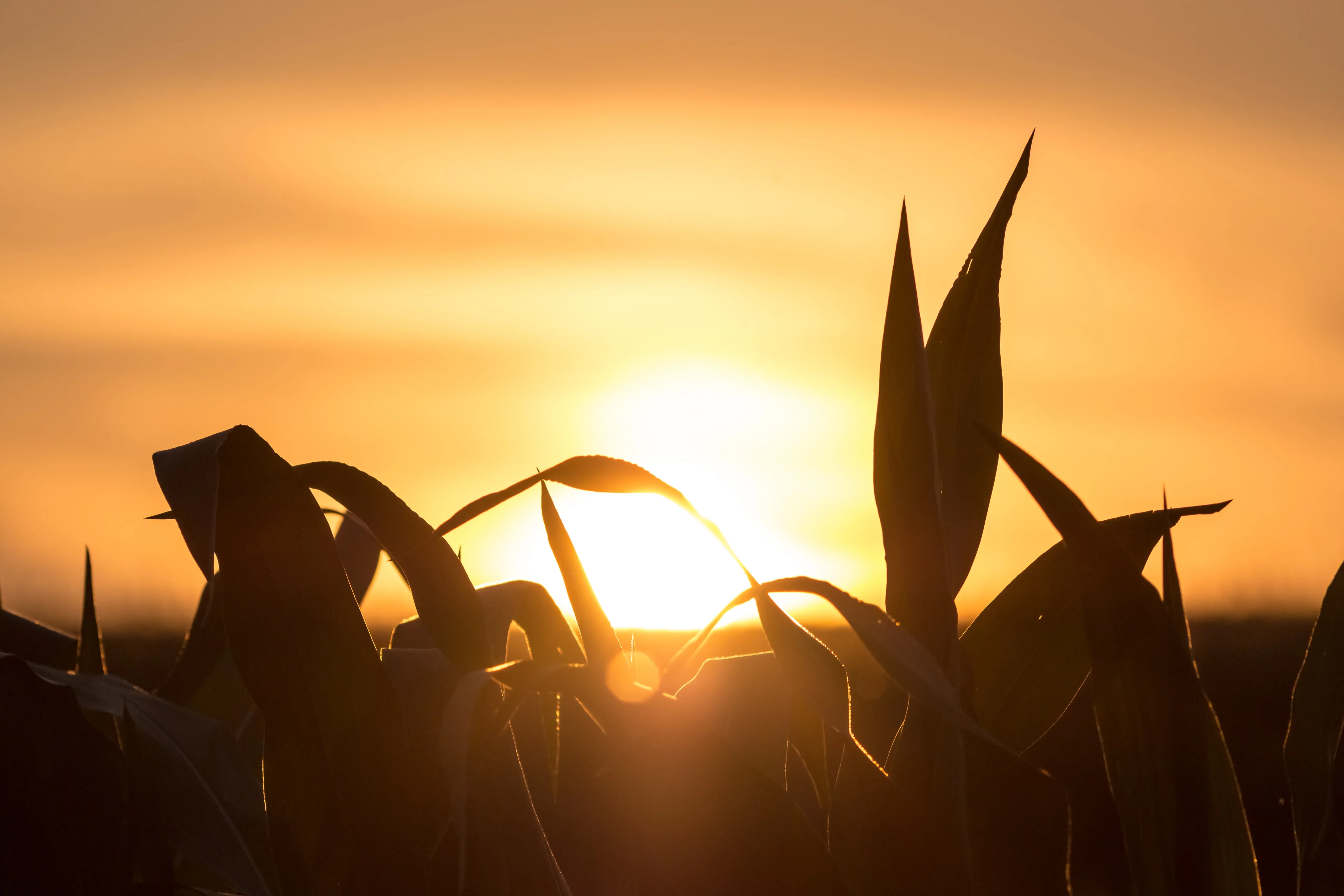How to Start and Grow a Farming Community
Embark on a journey to build a thriving farming community with Vriksha Farms. This essential guide for aspiring agriculturists near Bangalore offers insights on starting and nurturing a farming community. Discover strategies for networking, collaboration, and creating a sustainable agricultural environment. Learn how to foster connections, share knowledge, and grow together in a community dedicated to responsible agroforestry and sustainable living.

Introduction
Farming communities are the heart of sustainable agriculture, providing a space for collaboration, learning, and support. Vriksha Farms, dedicated to creating managed farmland plots, understands the importance of fostering a strong farming community. This blog post will guide you through the steps of starting and growing a farming community, emphasizing the values of sustainable living and responsible agroforestry.
Laying the Foundation
Identifying Common Goals
Begin by identifying the common goals and values of your prospective community members. Whether it's sustainable farming practices, food security, or a shared desire for a healthier lifestyle, having a clear set of objectives is crucial for the community's direction and cohesion.
Building a Core Group
Start with a core group of dedicated individuals who are passionate about farming and sustainability. This group will be instrumental in planning, decision-making, and rallying others to join the community.
Establishing Community Infrastructure
Land Accessibility
Securing access to land is a fundamental step. Consider options like leasing land, community-supported agriculture (CSA), or partnering with local landowners. Vriksha Farms offers managed farmland plots that could serve as a base for your community.
Developing Shared Resources
Establish shared resources such as tools, seeds, and knowledge. This not only reduces individual costs but also encourages collaboration and mutual assistance among community members.
Fostering Engagement and Education
Hosting Workshops and Events
Organize educational workshops, farm tours, and community events. These activities provide opportunities for learning and help strengthen the bonds within the community.
Creating a Supportive Environment
Foster a culture of support and mentorship. Encourage experienced members to guide newcomers, and create platforms for sharing experiences and challenges.
Embracing Diversity and Inclusion
Welcoming Diverse Perspectives
A successful farming community thrives on diversity. Welcome members from different backgrounds and skill levels, and be inclusive in your approach to community building.
Collaborative Decision-Making
Adopt a collaborative approach to decision-making. This ensures that all voices are heard and that the community moves forward with a shared vision.
Leveraging Technology and Innovation
Utilizing Digital Platforms
Use digital platforms for communication, organization, and resource sharing. Online forums, social media groups, and collaborative tools can keep the community connected and informed.
Encouraging Sustainable Practices
Promote sustainable and innovative farming practices within the community. Share knowledge about organic farming, water conservation, and renewable energy use, aligning with the principles of responsible agroforestry.
Conclusion
Building and growing a farming community is a rewarding endeavor that can significantly impact sustainable agriculture. By fostering a space for collaboration, education, and shared values, you contribute to a more sustainable, productive, and connected world. Vriksha Farms stands as a testament to this, offering opportunities for those seeking to invest in and be part of a thriving farming community.
